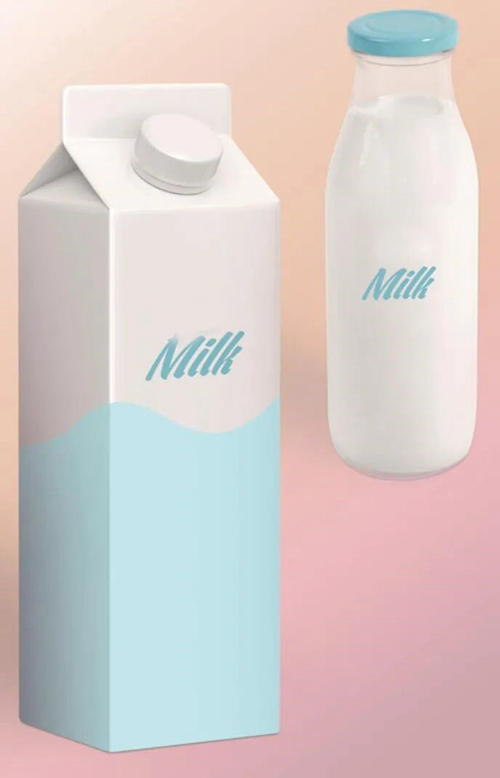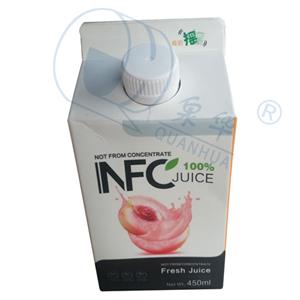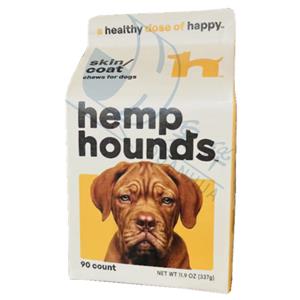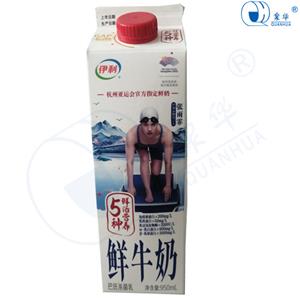[Matériaux d'emballage] Avez-vous appris à regarder le « lait » à partir de « l'emballage » ?
[Packaging Materials] Have you learned how to look at “milk” from the “packaging”?
01 Tetra Pak packaging
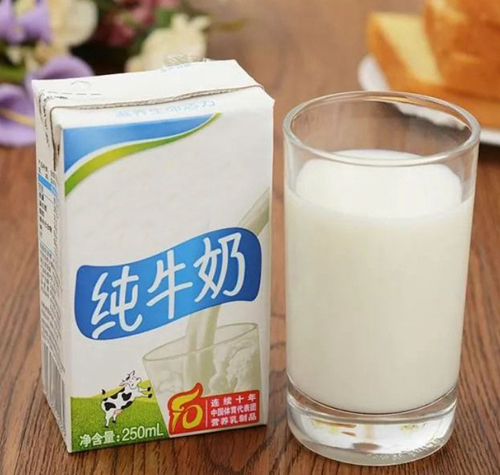
Tetra Pak packaging is a series of packaging products for liquid food developed by the
Swedish Tetra Pak Company. The six-layer composite paper packaging composed of paper,
aluminum and plastic can effectively block air and light, and can allow milk and The consumption
of beverages is more convenient and safer, and the shelf life is longer, achieving higher packaging
efficiency. This product occupies a leading position in China's beverage packaging market.
The composite material composition of Tetra Pak
cardboard:
The main raw material for all our packaging is cardboard. Just enough cardboard is used to ensure
the packaging is secure and avoid adding unnecessary weight. Cardboard comes from wood,
a renewable raw material.
Polyethylene:
Polyethylene coating, a commonly used plastic used to seal liquids and protect products from external
moisture.aluminum:
Aluminum foil layer that protects the product from oxygen, odors and light. Therefore, the food within
the package can be stored without refrigeration.
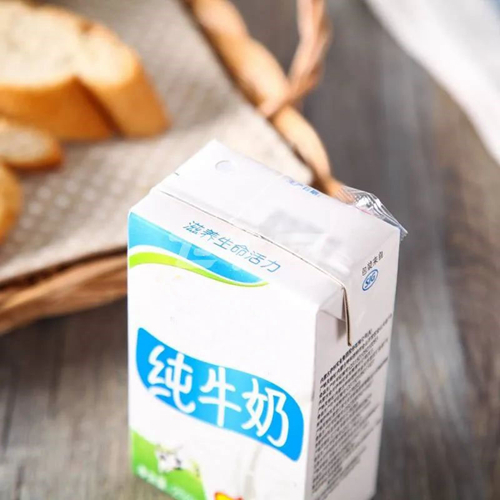
Tetra Pak finds a good balance between protective functionality and satisfying emotional needs.
Compared with plastic bottles and glass bottles, brick-shaped and pillow-shaped Tetra Pak packages
have a relatively larger volume ratio, and this packaging shape is easier to box, transport and store.
02 PrePack
PrePack is a package produced by the aseptic packaging system of the French company PrePack.
Its structure is a multi-layer sterile composite film, including three layers of black and white film, as well
as high-barrier 5-layer, 7-layer co-extruded film and aluminum-plastic composite film. The shelf life spans
from 30 days to 180 days depending on the materials. Bailey bags are safe, hygienic, convenient and
affordable, occupying a large consumer market.
This kind of film looks no different from ordinary plastic film in appearance, but its oxygen barrier
performance is more than 300 times that of ordinary plastic film. In other words, packaging milk with this
high-barrier film is equivalent to using ordinary packaging film 300 times. The effect of using multiple layers together is therefore safe and reliable.
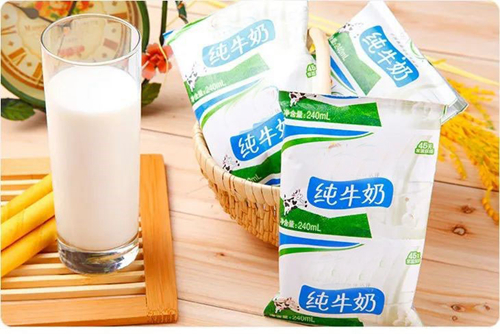
03 Gable top Box
Rooftop carton packaging uses a composite packaging material structure. One is PE/cardboard/adhesive resin/aluminum foil/adhesive resin/PE, which has a shelf life similar to that of a brick bag. The other is a three-layer PE/cardboard/PE The fresh layer of the structure, usually the roof package is generally referred to as
three layers of composite material. The roof-shaped carton packaging has a unique design, material and structure, which can prevent oxygen and moisture from entering and exiting, and has good barrier properties against external light. It can maintain the freshness of the milk in the box and effectively preserve the nutrients
du lait. Avec l'amélioration du système de chaîne du froid domestique, la durée de conservation des coffres de toit peut atteindre 7 à
10 jours et doit être réfrigéré. Afin de faciliter la consommation des consommateurs, l'entreprise utilise une technologie de bouchage sur le coffre de toit, afin que le carton puisse être facilement ouvert, versé et refermé, garantissant ainsi
la nutrition, la sécurité et l'hygiène du lait.
Les produits en carton comprennent les produits de remplissage à froid et les produits de remplissage à chaud. La couche la plus externe du carton est constituée d'un film plastique et la couche intermédiaire est constituée de fibres. La couche interne des produits remplissables à froid est une couche de papier hermétique. La couche intérieure des produits de remplissage à chaud est constituée de papier d'aluminium.
La durée de conservation des produits remplis à froid conditionnés en cartons est de 7 jours ou de 21 jours à 30 jours.
La durée de conservation des produits remplis à chaud conditionnés en carton est de 3 mois à un an. La durée de conservation des produits remplis à froid est de 3 mois à un an. La température de stérilisation/remplissage
les exigences/méthodes de scellage des produits dans des cartons remplis à chaud sont également différentes, et les méthodes de stérilisation du contenu du produit sont également différentes.
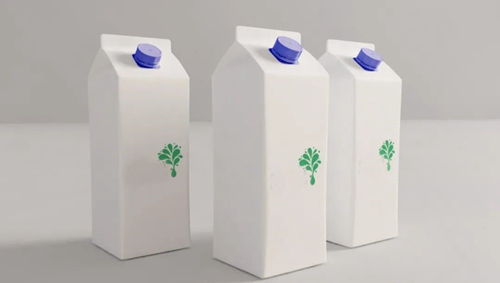
Petites différences entre Tetra Pak et les coffres de toit :
Tetra Pak est fabriqué à partir de coextrusion de papier, de plastique et de composite d'aluminium, ce qui offre de meilleures performances.
barrière à l'air et au soleil; le coffre de toit est un film composite multicouche, la couche extérieure est
film plastique, la couche intermédiaire est en fibre et la couche intérieure est divisée en irrigation à froid et
Remplissage thermique, le remplissage à froid est du papier, le remplissage à chaud est du papier d'aluminium. Différents emballages correspondent
à différents produits et a une durée de conservation différente. Tetra Pak a une durée de conservation relativement longue.
